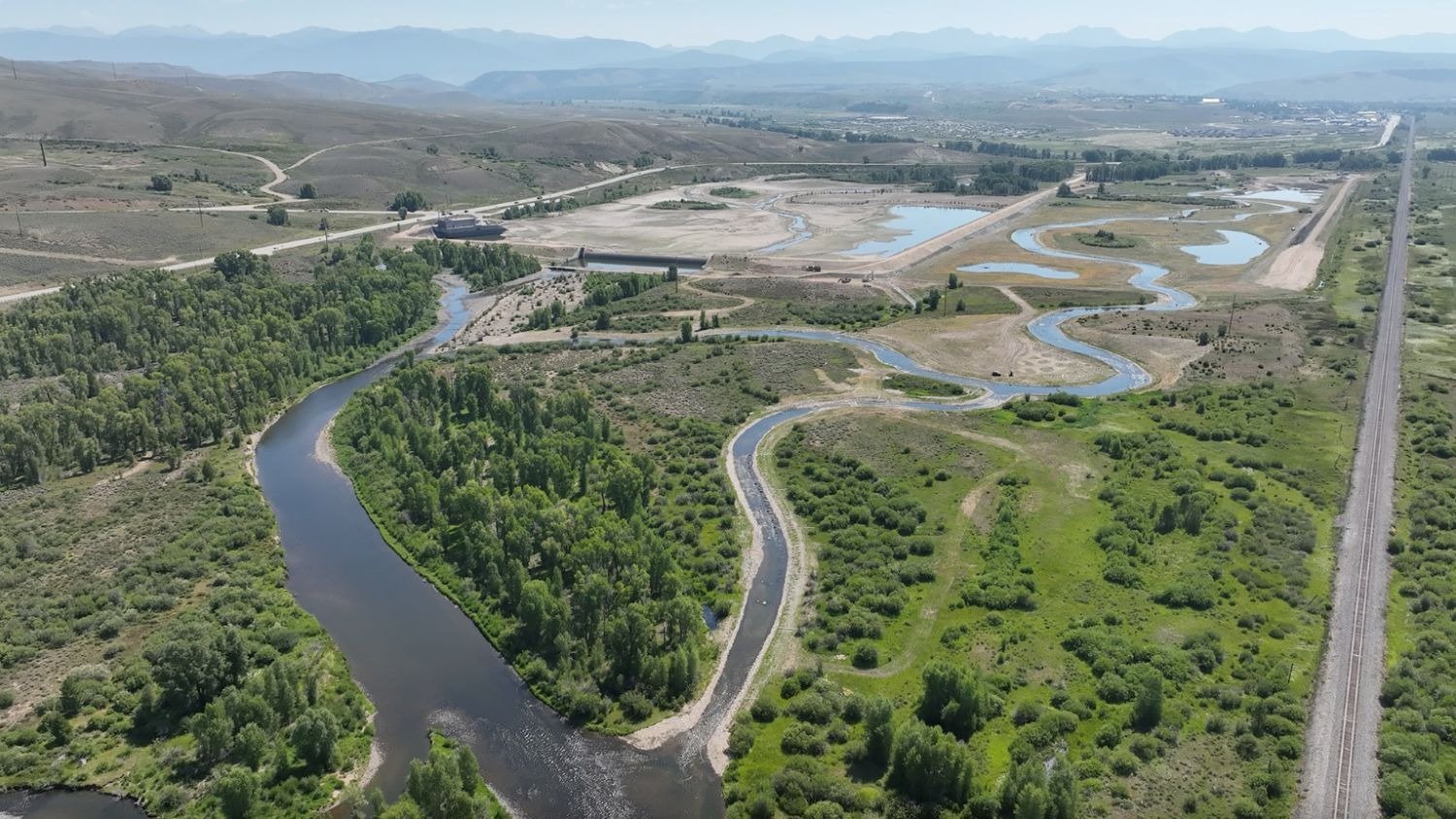Impacts of 1.2 million gallons of drilling mud in stream drainage not yet known
RIFLE—Accidental spills of at least 1.2 million gallons of industrial drilling mud into Garden Gulch and eventually West Parachute Creek on the Roan Plateau demonstrate the importance of protecting the Roan’s sensitive watersheds containing native Colorado River cutthroat trout from future industrial drilling, according to Sportsmen for the Roan Plateau, a coalition of hunters, anglers and sporting organizations from all over Colorado.
“Accidents unfortunately happen, and we’re lucky this spill didn’t occur in a more sensitive drainage that contains important populations of native cutthroat trout,” said Corey Fisher, a field coordinator for Trout Unlimited and a member of the coalition. “This just makes it all the more important to carefully approach the development of the Roan, particularly those portions that contain irreplaceable habitat for fish and wildlife and, by extension, hunters and anglers. What’s more, it highlights weaknesses within existing federal energy regulations that need to be shored up, and shored up quickly.”
Fisher referenced existing laws that exempt the energy industry from stormwater runoff regulations within the federal Clean Water Act. Had industry not been exempt, it’s possible more care would have been taken with the fluids on the sites of the spills, and they would not have been allowed to enter the stream drainage.
In total, four separate spills occurred on private land on the western portion of the Roan Plateau. While drilling is occurring within the Roan Plateau Planning Area, there is no drilling where genetically pure Colorado River cutthroat trout live in Trapper Creek, Northwater Creek and the East Fork of Parachute Creek, all of which eventually end up in the Colorado River. However, the Bureau of Land Management has announced plans to lease and drill the planning area, and its own documents predict an acute impact on those native fish populations. The planning area is also home to trophy deer and elk herds, as well as healthy populations of ruffed grouse, blue grouse and huntable populations of black bear and mountain lion.
“These large spills should completely dispel any notion that natural gas drilling can be done in sensitive wildlife habitat without the risk of an accident that causes drastic harm,” said Suzanne O’Neill, executive director of the Colorado Wildlife Federation. “If an area of the Roan Plateau rim has to be drilled at all, it should be limited to an area where a spill would present the least amount of risk to wildlife, such as Corral Ridge outside of cutthroat trout watersheds.”
The spills were announced by the Colorado Oil and Gas Conservation Commission on Thursday—two were reported to the commission, and two were not. The spills took place between November 2007 and February 2008. Apparently, the largest spill of about 30,000 barrels of drilling mud—or 1.2 million gallons—occurred in Garden Gulch, a tributary to the West Fork of Parachute Creek. According to the commission, some of the spilled mud is still frozen in a waterfall.
“Drilling mud is really more of a mixture of water or oils and certain other contents, like bentonite or barite, as well as other unknown chemicals,” said John Trammell, a geologist by trade and a member of Grand Valley Anglers in Grand Junction. His organization has put thousands of volunteer hours and invested thousands of dollars into a project on Trapper Creek to protect the stream’s headwaters, which provide critical spawning and rearing habitat for native trout. “Barite gives the ‘mud’ weight, and bentonite is expandable clay that fills in fissures and seals formations. The other ingredients area usually proprietary and depend on the energy company.”
Of particular interest to sportsmen, Trammell said, is the bentonite, which, when released in large amounts, can coat the bottom of a trout stream, smothering spawning gravels and kill off insects on which trout feed. The other ingredients in the concoction, while unknown, “are certainly not things you want in a trout stream.”
Efforts by sportsmen continue, not only to protect the Roan, but to reform federal energy regulations that allow the industry to skirt stormwater runoff rules that apply to other industrial operations.
“We need better energy legislation from Congress,” Fisher said. “We can develop our oil and gas resources responsibly, but the industry needs to be held accountable to elementary clean water and clean air laws. After all, water flows downhill, and while fish and game are the immediate victims of accidents like this, people will eventually be affected, too.”
Additionally, according to David Nickum, executive director of Colorado Trout Unlimited, the spills should demonstrate the need to move forward with an ongoing rulemaking effort that would govern how the state Oil and Gas Conservation Commission reviews energy drilling within Colorado.
“The pace and scale of development now being experienced, and the increased movement into areas of higher environmental significance, makes it vital that Colorado take a hard look at the rules and update them to ensure public health, fish and wildlife, and other key values are protected,” he said.







